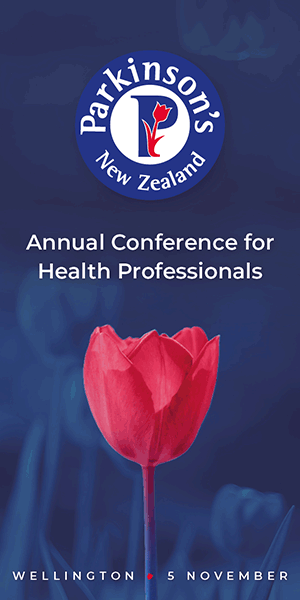New Zealand’s elimination strategy, and how to sustain it, had drawn huge global interest, he said.
Baker said he realised in January COVID-19 would be a serious global pandemic. But after hearing late February the virus had been stopped “in its tracks” in Wuhan, Baker said he knew it could be “contained and eliminated”.
With its early March establishment in New Zealand, it became evident a lockdown was needed. New Zealand’s strategy changed from trying to flatten the curve, to elimination. An elimination strategy had been successful in parts of Asia such as mainland China and Taiwan, and involved excluding cases at the border, managing community cases by testing, tracing and isolation or quarantine, and reducing transmission through masks, distancing and travel restrictions.
New Zealand had one of the most “stringent” lockdowns of any country, with two months of constraints in total. Adapted from Singapore, the lockdown levels had worked extremely well and been “a triumph of risk communication”. Testing capacity in the current surge had reached 25,000 daily, “a real tribute to the laboratory scientists,” Baker said.
As a result of its elimination strategy, New Zealand had achieved “by far” the lowest COVID-19 mortality rate of Organisation for Economic Cooperation and Development (OECD) countries.
Economically, New Zealand appeared to “bounce back” very rapidly from the first outbreak. “The hope is that by testing and tracing, keeping limitations, mask-wearing… we hope to minimise the impact.”
Drop in deaths
The elimination strategy also saw a five per cent drop in overall deaths, which – if the trend continued – would mean 1500 fewer deaths by the end of the year, including winter ailments such as influenza. Anticipated negative impacts such as increased suicide had not eventuated to date, he said.
Response to the latest surge has been more rapid and targeted, with high levels of testing and tracing, alert levels specific to outbreak areas and mass masking, which was intended to reduce the length of lockdowns. “Hopefully that’s the way of the future – we can identify and stamp out outbreaks very quickly, and at the same time reduce the chance of having them.”
In an article written with colleagues for The Conversation blog (6 months after New Zealand’s first COVID-19 case, it’s time for a more strategic approach), Baker suggests improving New Zealand’s public health infrastructure with a high-level COVID-19 science council and a public health agency. More public health nurses, training and career paths to make this “critical branch” of the workforce attractive were also needed.
The elimination of other infectious diseases such as pandemic influenza, HIV, tuberculosis and hepatitis C was “conceivable” in the future, with methods now available due to COVID-19.
Another big lesson for him was that “effective science and good political leadership is really a vital resource for a country”, he said. Assessing risk and acting decisively was important, and for other public crises, as well as considering equity and partnership with affected communities, as could be seen in Auckland currently.
Taking an elimination approach benefited a country’s health and economy and was the “least bad” choice, he said.
This experience was also an opportunity for a “broad reset”, with more focus on managing global health threats such as climate change. “Climate change will not only be a more severe threat, but is also one locked in for generations, as you can’t take that CO2 out of the atmosphere once it’s been put in there. So it will have long-term consequences so we need to act now and we need to listen to the scientists.”
Responding to a question about COVID-19 infection among health workers, Baker said it was “absolutely critical” to protect their health, as well as other frontline staff such as hospital cleaners and bus drivers. “Effective PPE is a matter of life and death for some people.”




